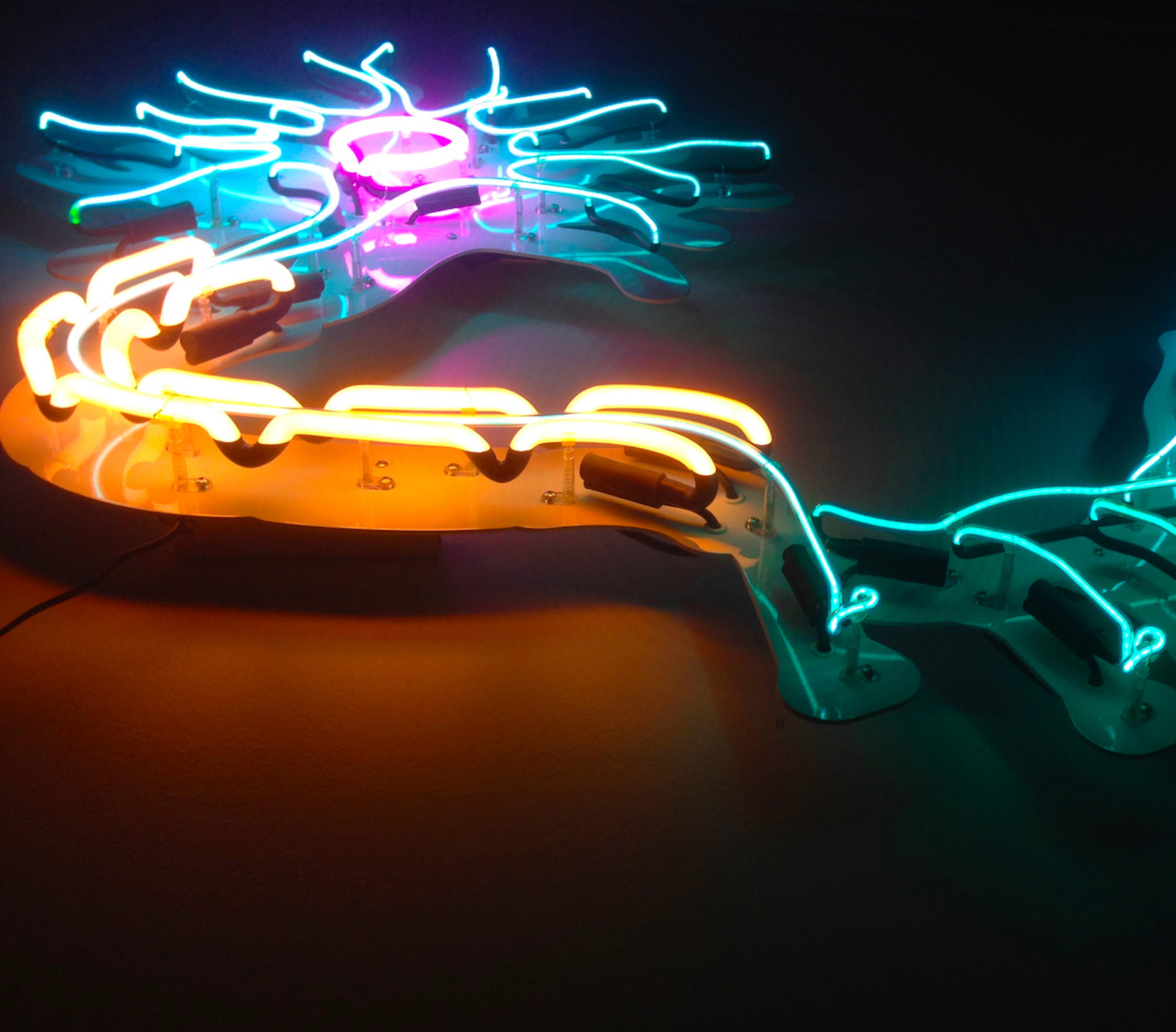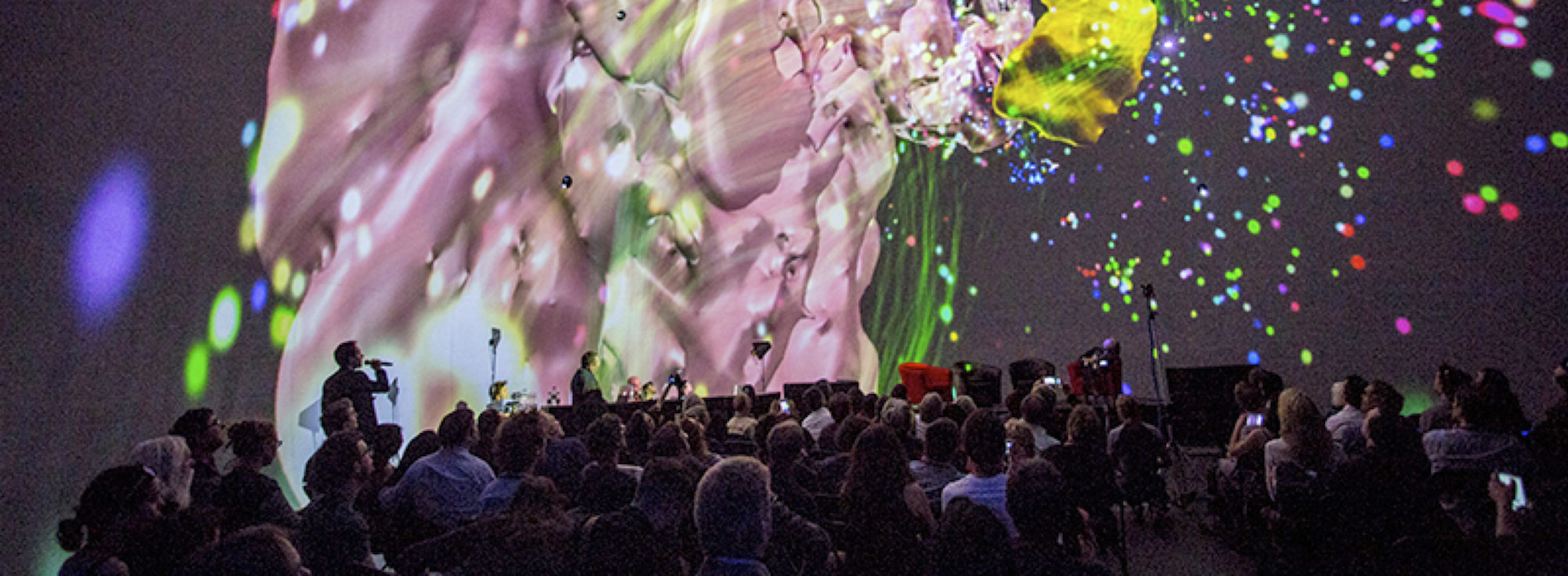Immersive Education: Bringing real 3D neuroimaging data to the public
We conceptualize and learn complex landscapes in large part through “route-based” mapping, the memory of sensory experiences and landmarks discovered during spatial exploration. Immersive or “frameless” visualization environments such as dome projection or head-mounted display provide viewers with a route-based learning experience because they induce the feeling of physically moving through virtual environments, an effect that arises from a mismatch between visual and vestibular sensory cues.
Through the Neurodome Project, we take advantage of these alternative modes of learning and teach neuroscience by touring people through real, 3D neuroimaging data in real-time tours of the brain and through films.
Read an article on Neurodome (and interview with Jonathan Fisher) in SciArt Magazine





